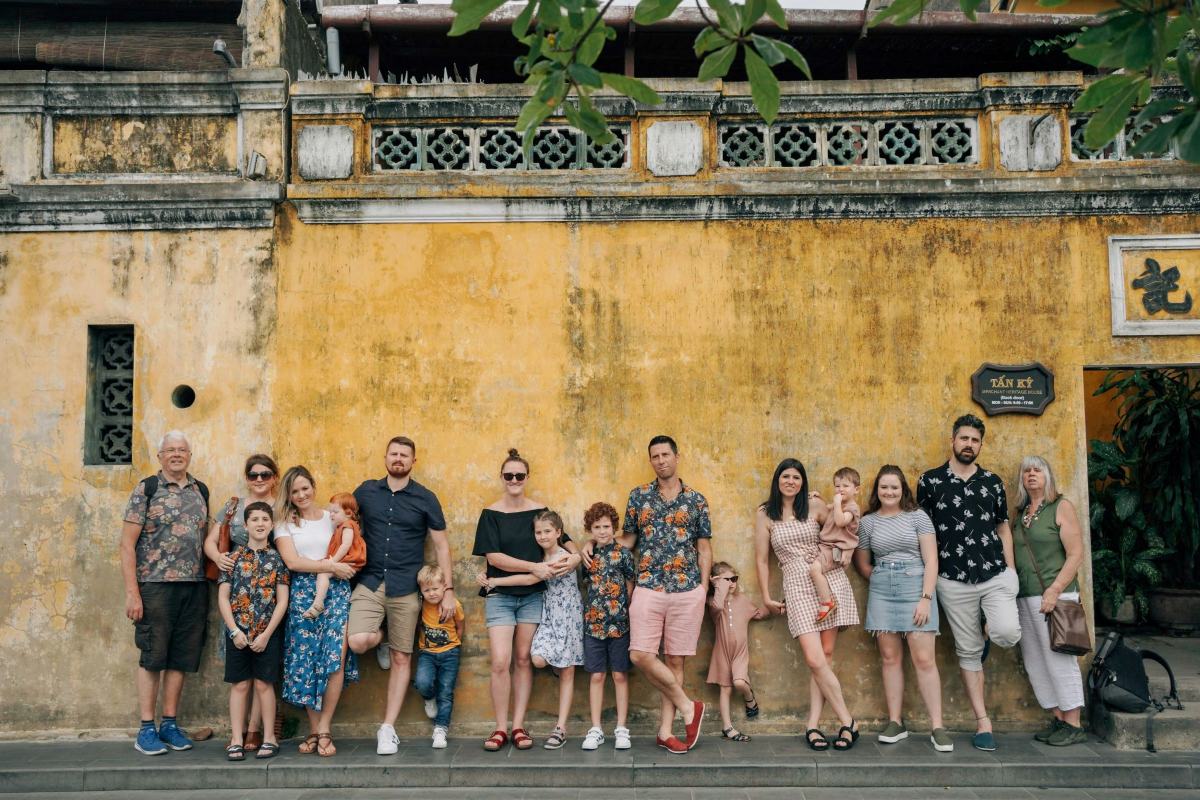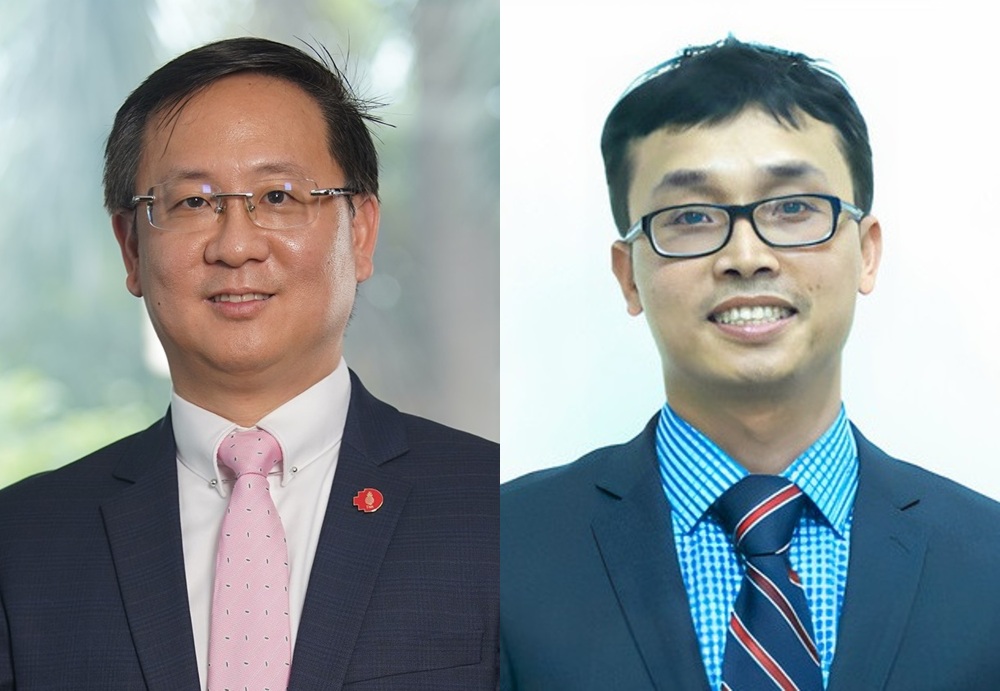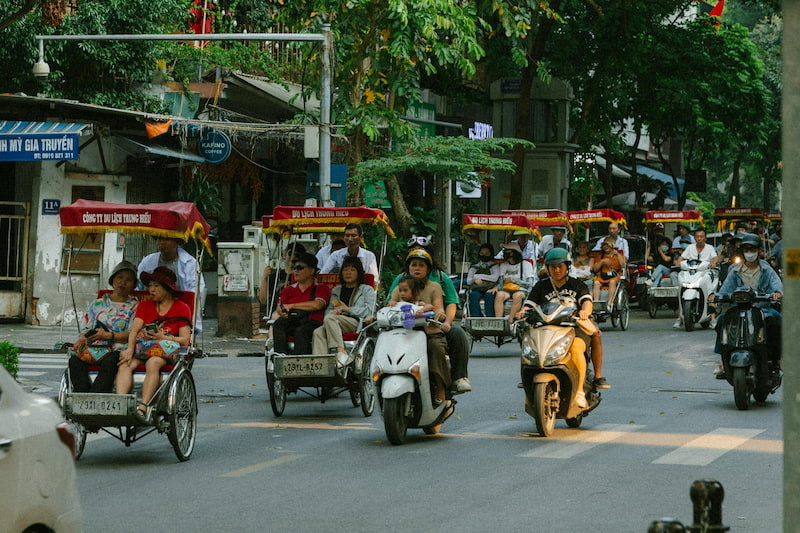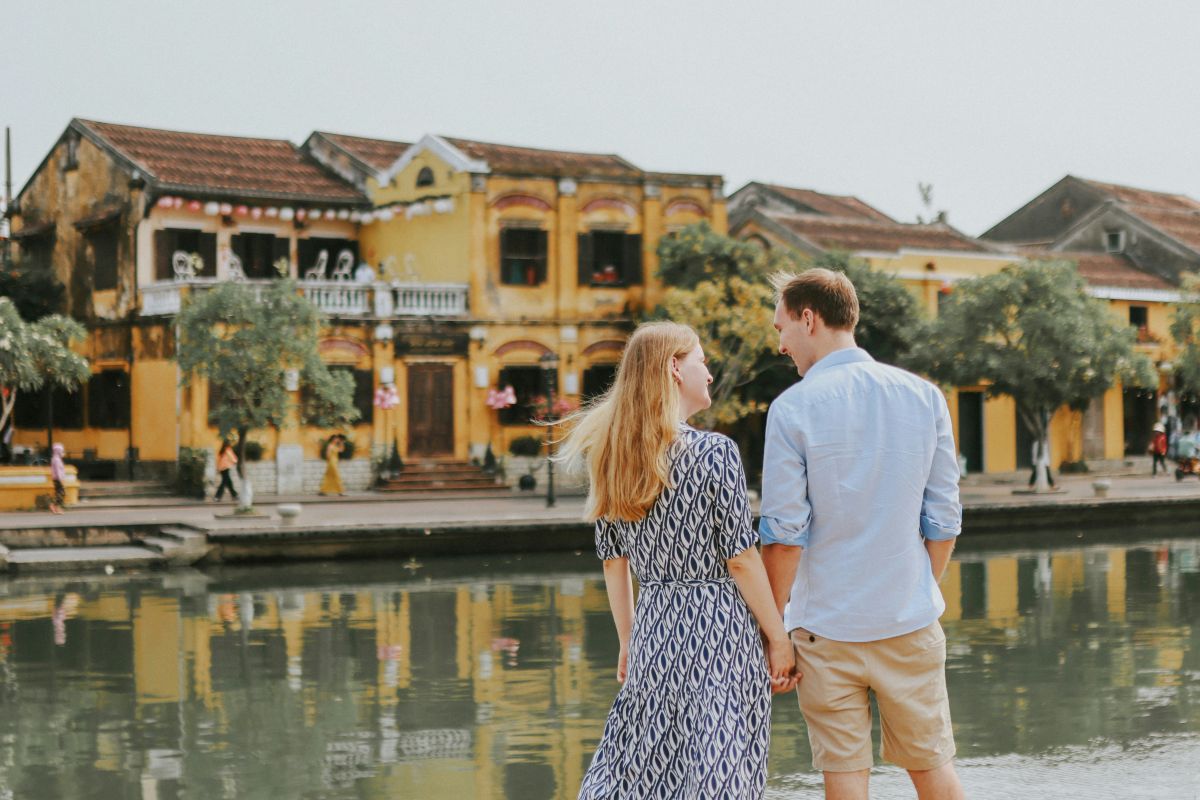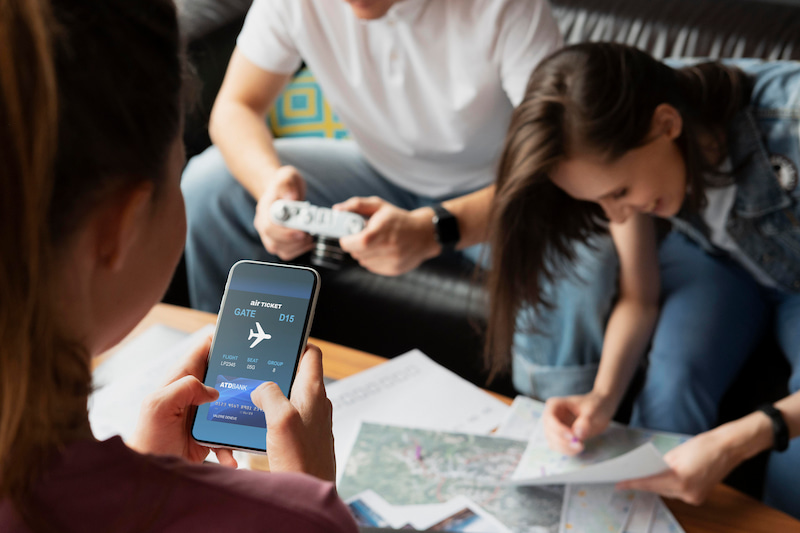According to Dr Justin Matthew Pang, Senior Program Manager for Tourism and Hospitality Management at RMIT University Vietnam, European travellers typically undertake extended stays (8-20 days for Southeast Asia itineraries) due to the relatively long geographic distance from their home countries. They exhibit high spending (USD1,500-2,500 per trip) and prioritise cultural, culinary, and natural experiences alongside sustainable tourism activities. Generally, they value service excellence, hospitality standards, and environmental responsibility.
“The visa exemption is expected to generate a clear boost in arrivals during the upcoming peak season. In the long term, if combined with expanded e-visa access, increased flight connectivity, and enhanced service quality, Vietnam could sustain growth from this market,” said Dr Pang.
This aligns with trends observed by major online travel agencies and traditional operators (Booking.com, Expedia, TUI Group, Thomas Cook), showing that international travellers respond quickly to changes in entry policies but will return only if infrastructure, experiences, and connectivity are upgraded holistically.
Opportunity from the 45-day visa waiver
Vietnam currently implements a 45-day visa waiver for citizens of multiple European countries, which is more generous than several other ASEAN destinations. Mr Ha Quach, an associate lecturer in Tourism and Hospitality Management at RMIT Vietnam, believes this duration aligns well with European travellers’ preference for immersive itineraries that allow in-depth exploration and relaxation.
Condé Nast recommends 10-14 days to explore Vietnam. The 45-day limit would therefore provide ample flexibility for deeper travel or work-leisure combinations, according to Mr Ha.
“The growing ‘slowcation’ trend – extended holidays focused on immersion and relaxation – is increasingly popular. Older or affluent travellers tend to travel less but stay longer in each destination to fully experience the local culture and scenery,” he said.
“For Europeans accustomed to extended holidays and immersive itineraries, the 45-day visa exemption reduces administrative barriers, positioning Vietnam as a potential long-stay destination rather than a short-stop destination. With its existing advantages, Vietnam is well-positioned to capitalise on this slowcation market,” he added.

